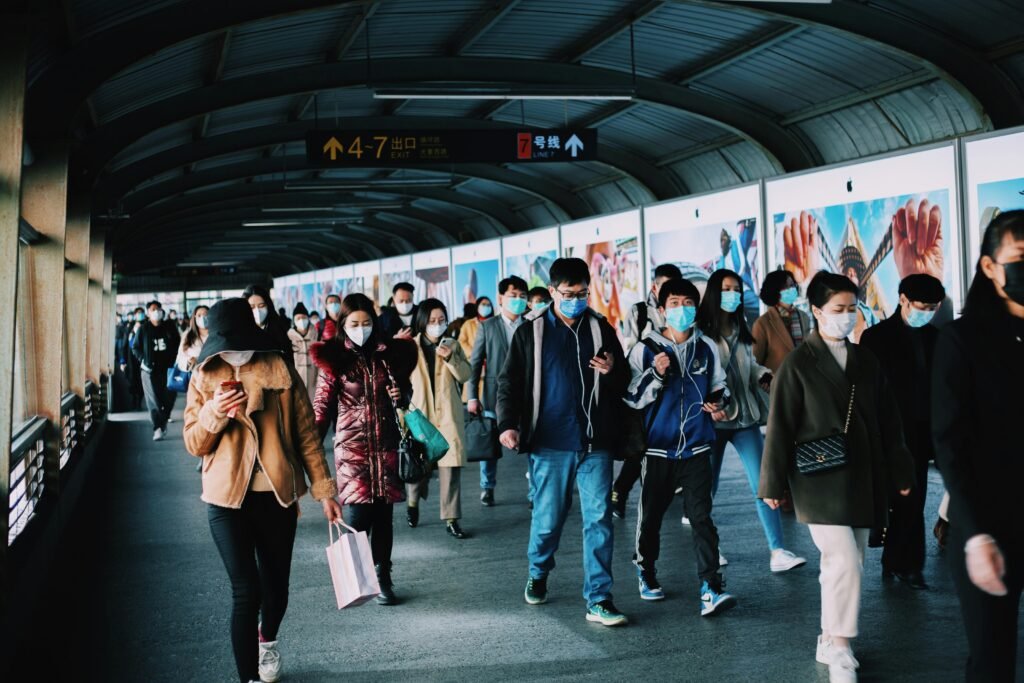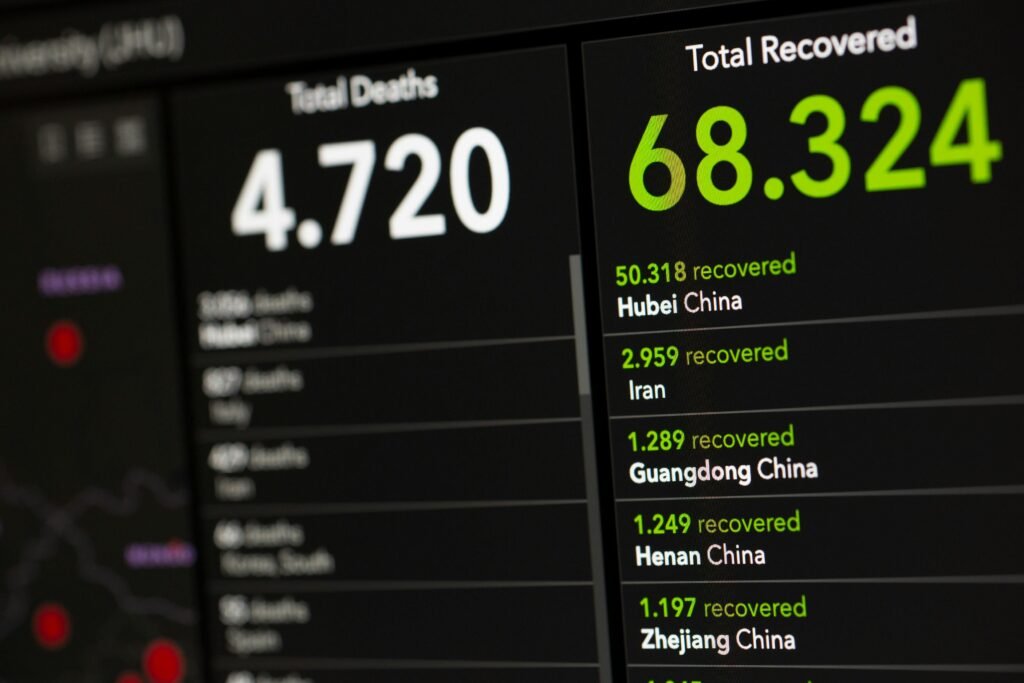
Everything You Need to Know About HMPV: Is It the Next Deadly Threat from the East
In recent weeks, social media has been flooded with images of overwhelmed hospitals in China, filled with people wearing masks, sparking fears of another global pandemic. The cause of concern? A sharp rise in cases of Human Metapneumovirus (HMPV), a respiratory virus that resembles the flu, particularly among children. Beijing has acknowledged this surge, attributing it to a seasonal uptick in cases. However, experts stress that HMPV is not a new or unknown virus and differs significantly from Covid-19. Despite this, the rise in cases has raised some critical questions: Is HMPV something to worry about? Could it be the next major health threat? Here’s what you need to know.
?What Is HMPV and How Does It Spread
HMPV is a virus that primarily causes mild respiratory infections, often indistinguishable from the common flu. It was first identified in the Netherlands in 2001, and since then, it has been recognized as a global health concern. Like many respiratory viruses, HMPV spreads through direct contact with infected individuals or contaminated surfaces, with droplets expelled from coughing or sneezing being the most common method of transmission.
For most people, the symptoms of HMPV include coughing, fever, and nasal congestion. While these symptoms can be uncomfortable, they are typically mild and self-limiting. However, HMPV can be more severe for certain vulnerable groups, including infants, young children under two, the elderly, and individuals with compromised immune systems, such as those undergoing cancer treatment. In these groups, HMPV can lead to more severe respiratory conditions, including wheezing, breathlessness, and in some cases, croup or pneumonia.
Dr. Hsu Li Yang, an infectious diseases expert based in Singapore, emphasizes that a small but significant proportion of immunocompromised individuals may develop more severe symptoms, potentially leading to hospitalization or even death. “While the vast majority of HMPV cases remain mild, the vulnerable population must be monitored closely,” Dr. Hsu warns.
?Why Are Cases Rising in China

Respiratory viruses like HMPV tend to thrive during colder months, with late winter and spring being peak seasons for outbreaks. This is because cold temperatures allow the virus to survive longer in the environment, and people are more likely to gather indoors, facilitating easier transmission. In northern China, the current spike in HMPV cases coincides with a cold snap, which is expected to last until March.
This seasonal surge in cases isn’t unique to China. Countries in the northern hemisphere, including the United States and the United Kingdom, have also reported an uptick in HMPV cases since October of last year. Dr. Jacqueline Stephens, an epidemiologist at Flinders University in Australia, notes that while the rise in cases is concerning, it aligns with the typical seasonal pattern of respiratory infections. “This seasonal increase, while worrying, is not unusual,” she explains.
?Is HMPV Like Covid-19? How Worried Should We Be
Despite the surge in cases and the attention it has garnered in the media, experts are quick to dismiss fears that HMPV could lead to a pandemic similar to Covid-19. Unlike Covid-19, which was caused by a novel virus, HMPV has been circulating for decades and is widely present across the globe. Because of this, many people have some level of immunity due to prior exposure. As Dr. Paul Hunter, a professor of medicine at the University of East Anglia in England, points out, “Almost every child will have at least one infection with HMPV by their fifth birthday, and it’s likely that people will experience multiple reinfections over the course of their life.”
Moreover, there is no evidence to suggest that HMPV is mutating in a way that could lead to a more severe global crisis. “While we are seeing a rise in cases, there is no indication that this is more dangerous than past outbreaks,” Dr. Hunter adds. The virus does not appear to be evolving into a more deadly strain, and most individuals who contract it will recover without needing medical intervention.
Still, Dr. Hsu advises that certain precautions should be taken, particularly by those at higher risk of severe illness. These include wearing masks in crowded places, avoiding large gatherings, maintaining good hand hygiene, and getting vaccinated against the flu, which can often present with similar symptoms to HMPV.
A Global Health Challenge, but Not a Pandemic

While the current rise in HMPV cases is concerning, it is important to place the situation in context. Public health experts emphasize that HMPV is not a new virus and is unlikely to spark the type of global crisis seen with Covid-19. It is, however, a reminder of the ongoing challenge that respiratory viruses present, especially during the colder months.
For the general population, the risk of severe illness remains low, but individuals in vulnerable groups, including young children, the elderly, and those with weakened immune systems, should take extra precautions to protect themselves.
In conclusion, while HMPV is certainly causing some concern, it is not the “next deadly threat from the East” that some might fear. Rather, it serves as a seasonal reminder of the ongoing importance of public health measures, especially in flu season, to protect those most at risk. The situation requires vigilance, but not panic.
ben adams




احسنت يا سيد ادم